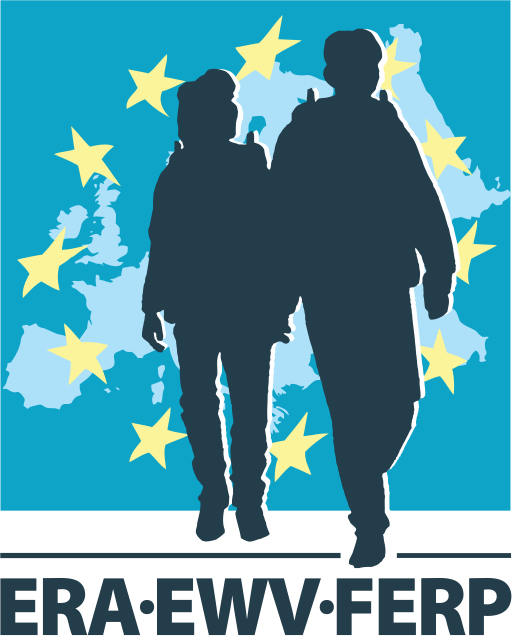Investing in recreational infrastructure, such as trails, parks, and green spaces, offers substantial benefits from both health and economic perspectives. As an organization dedicated to promoting walking and hiking across Europe, the European Ramblers Association (ERA) emphasizes the importance of such investments, highlighting our E-paths and Leading Quality Trails – Best of Europe as prime examples of successful recreational infrastructure.
Health Benefits
1. Improved Physical Health:
Access to well-maintained trails and green spaces encourages physical activity, which is crucial for preventing chronic diseases. Activities like walking, running, and cycling are facilitated by our extensive network of E-paths, which span multiple countries, promoting cross-border walking adventures. Regular physical exercise reduces the risk of heart disease, diabetes, and obesity, contributing to a healthier population.
2. Mental Health:
Spending time in nature has profound effects on mental well-being. Green spaces and trails such as the Leading Quality Trails – Best of Europe provide serene environments that help reduce stress, anxiety, and depression. The calming effects of nature enhance emotional well-being and improve cognitive function, offering a natural remedy to the pressures of modern life.
3. Social Interactions:
Public recreational areas foster social interactions, strengthening community bonds and reducing feelings of loneliness and isolation. Trails and parks provide venues for community events, group activities, and casual encounters, enhancing social cohesion and creating a sense of belonging.
Economic Benefits
1. Reduced Healthcare Costs:
By promoting physical and mental health, investments in recreational infrastructure can lead to significant reductions in healthcare costs. Healthier populations require fewer medical interventions, easing the financial burden on public health systems.
2. Increased Property Value:
Proximity to well-maintained parks and trails can boost property values. Homes and businesses located near attractive recreational areas such as the Leading Quality Trails – Best of Europe benefit from increased desirability, translating into higher property values and, consequently, higher property tax revenues for municipalities.
3. Tourism:
High-quality recreational infrastructure attracts tourists, boosting local economies. Trails like the E-paths draw walking enthusiasts from around the globe, fostering tourism-related businesses such as hotels, restaurants, and retail stores. This influx of visitors generates significant economic activity and supports local employment.
4. Productivity:
Access to recreational areas improves employee well-being, leading to higher productivity and fewer sick days. Companies located near green spaces can benefit from a healthier, more motivated workforce, which positively impacts their bottom line.
5. Job Creation:
The development and maintenance of recreational infrastructure create job opportunities in various sectors, including construction, landscaping, and hospitality. This not only supports local economies but also provides long-term employment prospects.
Societal Benefits
1. Environmental Benefits:
Green spaces and trails contribute to environmental sustainability by improving air quality, regulating temperatures, and supporting biodiversity. The preservation and enhancement of natural areas are essential for creating healthier, more sustainable urban environments.
2. Improved Quality of Life:
Access to recreational facilities significantly enhances the quality of life. Communities with ample green spaces and trails are more attractive places to live, work, and raise families. This can attract new residents and investments, fostering vibrant, thriving communities.
Conclusion
Investing in recreational infrastructure is a strategic decision that yields a multitude of benefits. From improving public health to boosting local economies and enhancing quality of life, the advantages are clear. The European Ramblers Association is committed to promoting and developing trails like the E-paths and the Leading Quality Trails – Best of Europe, ensuring that these vital resources continue to serve communities across Europe. By prioritizing recreational infrastructure, we can build healthier, more connected, and prosperous societies for future generations.
Key points include:
Health Benefits: Regular use of trails and green spaces can lead to a 25% reduction in depression and a 50% increase in the likelihood of meeting physical activity guidelines.
Economic Benefits: Every €1 invested in trails can yield up to €3 in medical cost savings.
Property Value: Proximity to parks and trails can increase property values by up to 20%.

